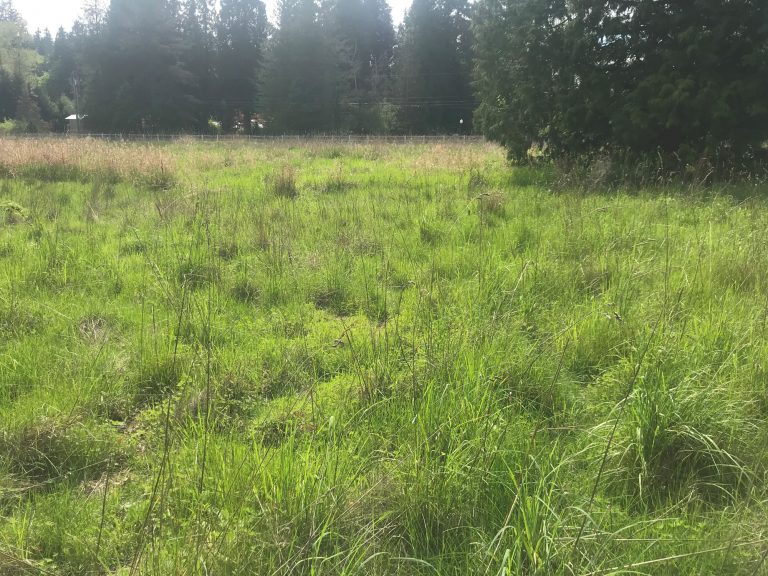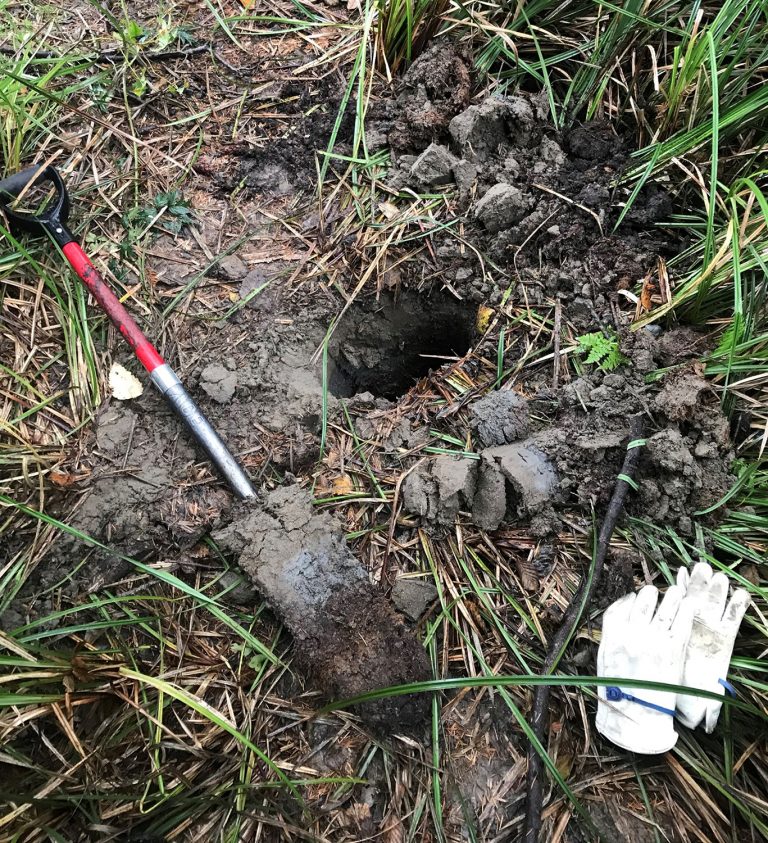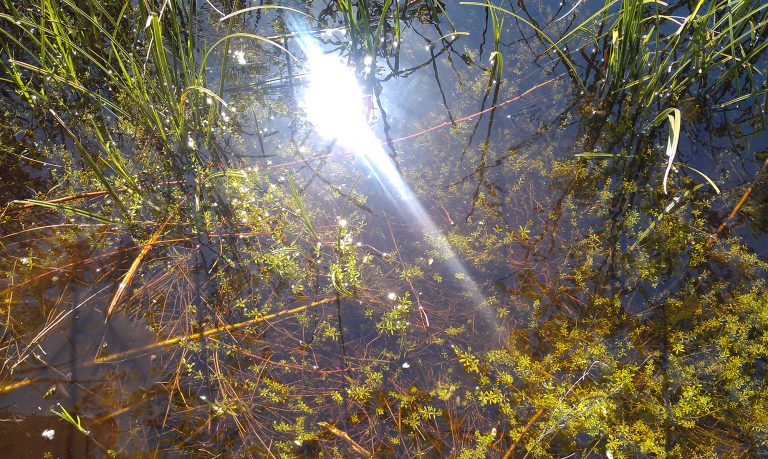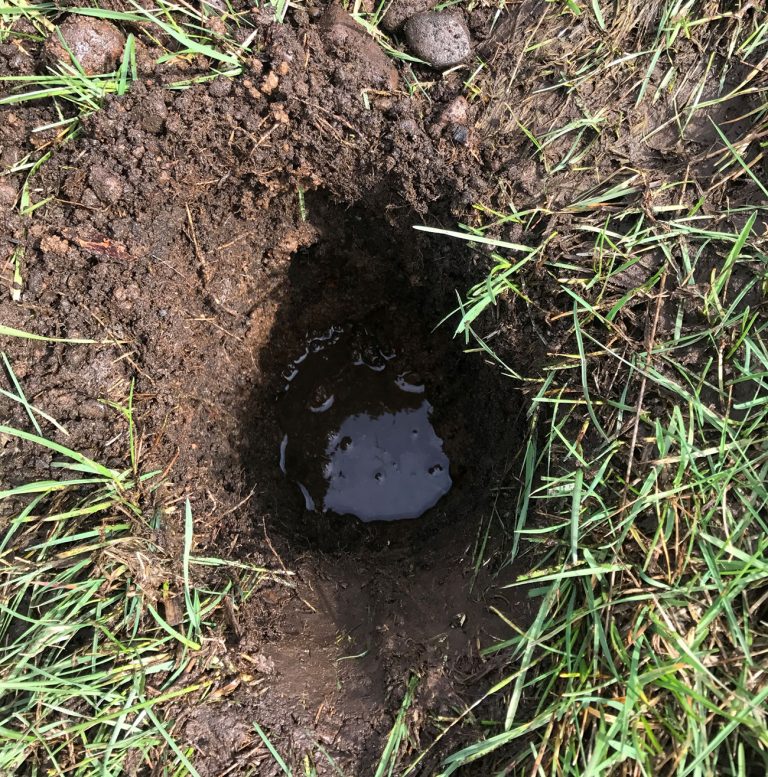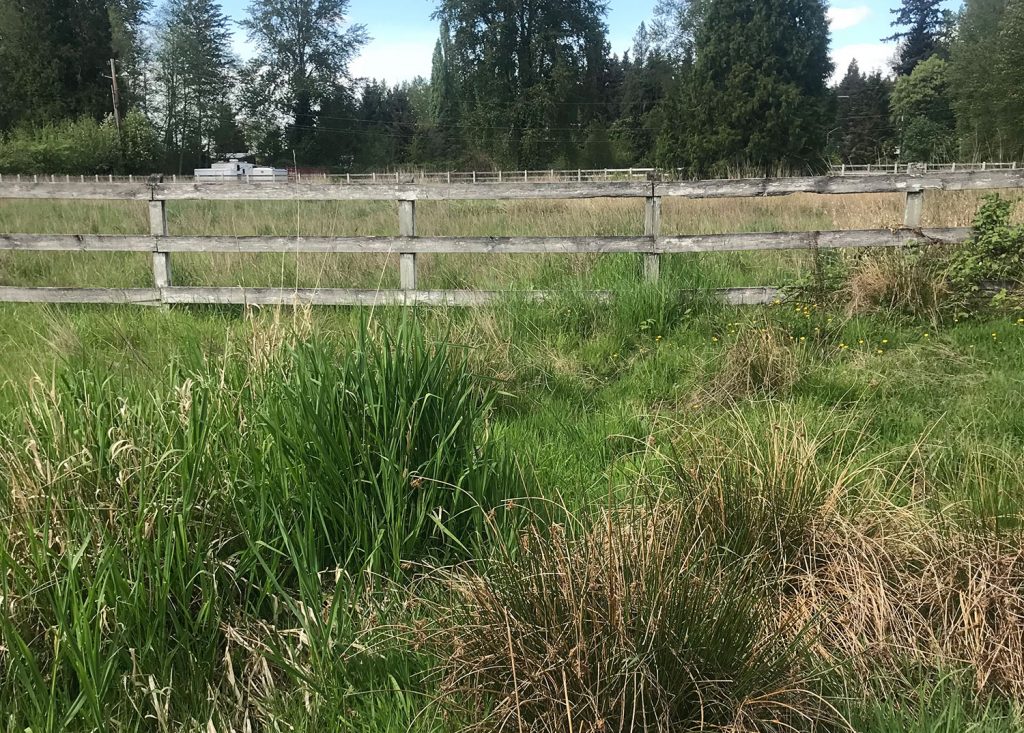
We frequently receive calls from landowners or those purchasing land who have been told by city or county staff that a wetland assessment or delineation must be done on the property before any building or development can occur. If streams or soggy ground are present on the land parcel this requirement seems reasonable. But – if the property looks dry – a wetland assessment or delineation might seem like just one more regulatory hoop to jump through. A question we often hear is, “How can this be a wetland when there is no water here?”

